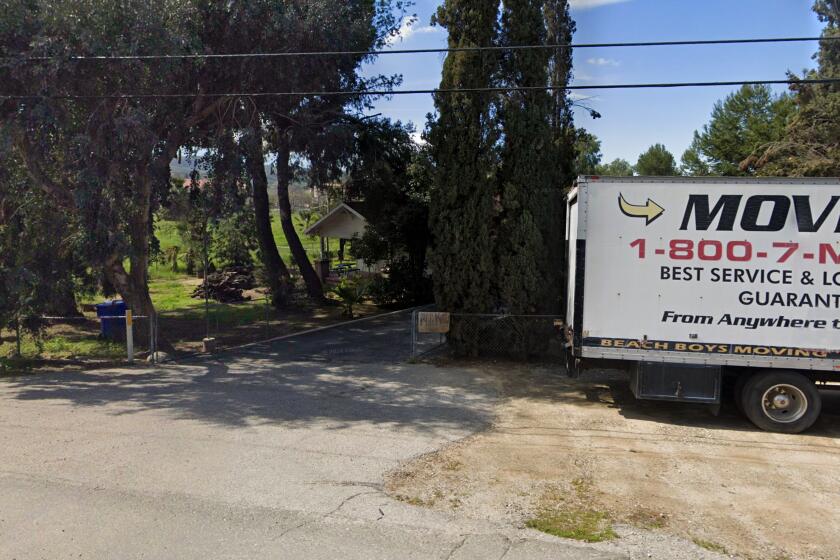Sewage Summit Hunts for a Solution to Sludge
They called it the sludge summit.
Like a backwater version of the United Nations, leaders from a dozen North County sewage agencies gathered Tuesday to press ahead with efforts to adopt a regionwide approach to handling the mounting volume of sludge, a foul-smelling byproduct of waste-water treatment.
But after more than two hours of presentations and discussion in an air-conditioned conference room at National University in Vista, the agencies reached consensus on only a single, solitary item: to gather again April 29 so each municipality or sewage district can declare whether it will participate in the construction of a multimillion-dollar sludge-processing plant.
That would mean money. To go forward with the project, as much as $2 million in seed money will be needed in the next two years if the project is to be completed by a 1992 target date. Various agencies would have to ante up greenbacks based on the amount of sewage they handle, ranging from as much as $613,000 for Escondido to $27,000 for the Valley Center Municipal Water District.
The project ultimately will cost even more, with various alternatives ranging from $26.5 million for a sophisticated processing plant to $14 million to simply lay the sludge out in the open air to dry.
Nonetheless, most officials say there is little doubt that a healthy majority of the agencies taking part in Tuesday’s meeting--which featured stick-mounted name placards for each delegation a la the U.N. General Assembly--will jump on the sludge bandwagon.
The problem has become critical in recent years as various landfills in San Diego County have closed their doors to sludge, while continued growth has boosted production of the ooze.
Currently, sludge is allowed only at the Otay landfill in Chula Vista, and solid-waste officials have told North County agencies they cannot expect to dump there much longer.
Such news has officials in North County worried. They vividly remember when the Encina sewage-treatment plant was forced more than a year ago to store huge piles of nasty-smelling sludge at the Carlsbad facility for several weeks during a dispute over a dumping site.
Enclosed Plant Urged
To ease the sludge crunch, officials say, a processing plant of some sort is needed, something that could dry out the gunk so it could be dumped in landfills or sold as a soil-amendment product for gardening and other uses.
After nearly three years of studying various alternatives, consultants have recommended that an enclosed plant be built to dry out the sludge. Known as an “in vessel” facility, it would be a sort of high-tech compost pile where sludge is spread out in layers and turned over while being exposed to high temperatures that evaporate moisture and kill bacteria.
But one agency has already expressed qualms about the technology. George (Smokey) Lohnes, water and sewer superintendent in Escondido, said his city is leaning toward other alternatives, and he stressed that he does not know of “one successful in-vessel operation in the United States.”
Matt Tebbetts, the engineering consultant handling the sludge plant study, said his group feels confident that the technology can prove successful. He said the consultants did not recommend other methods for drying the sludge because those pose more of an odor problem.
Want to Proceed Quickly
Officials from other agencies, meanwhile, said they are far from certain which technology should be selected, but they want to proceed quickly.
“Heaven forbid,” lamented Vista City Councilman Eugene Asmus. “I don’t know enough about either system to speak intelligently.”
The consultants unveiled more than a dozen potential sites for the 100-acre plant, all of them in rural areas along California 76 and 78.
They also recommended that the agencies select three to five of the sites and begin environmental reviews on each. If opposition crops up on one or two of the parcels, an alternative would be at hand, they reasoned.
Under the scenario laid out Tuesday, the site-selection process could be narrowed to the finalists and options on the various parcels could be hammered out by September. The land could be purchased by June, 1989, and construction completed by October, 1992.
More to Read
Start your day right
Sign up for Essential California for news, features and recommendations from the L.A. Times and beyond in your inbox six days a week.
You may occasionally receive promotional content from the Los Angeles Times.






